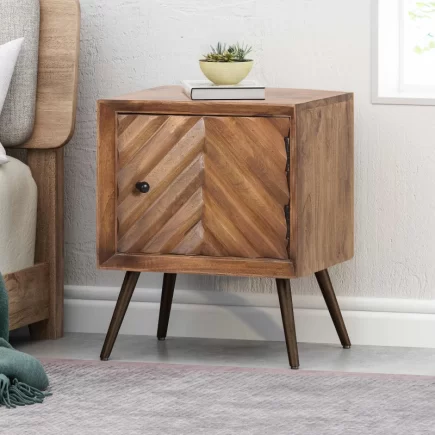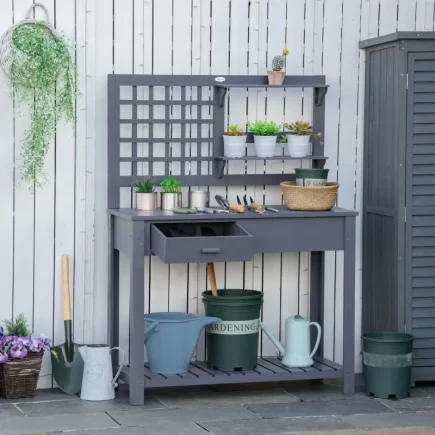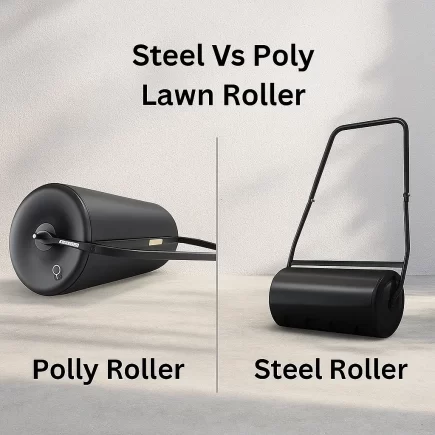Dirty pots can harbor pathogens, fungi, and harmful bacteria, all of which can lead to plant diseases such as root rot. Keeping your flower pots clean is essential in preventing such issues and promoting healthy, vibrant plants. The process is easy, and the benefits extend beyond just plant health. Clean pots also enhance the aesthetic appeal of your garden, ensuring that your flower containers remain beautiful and functional for seasons to come.

How to Clean and Disinfect Flower Pots
Cleaning and disinfecting flower pots is the first step to ensure a healthy growing environment for your plants. Here’s a guide to disinfecting your flower pots effectively:
Disinfection Techniques
- Bleach Solution: A solution of 1 part bleach to 9 parts water is an effective disinfectant that kills bacteria and pathogens. It’s particularly useful for clay, terracotta, and plastic pots. Soak your pots in the solution for 10-15 minutes, then rinse thoroughly with clean water.

- Isopropyl Alcohol (70%): For a gentler disinfecting method, rubbing alcohol works well, especially for ceramic or glazed pots. Wipe the inside and outside of the pot with a cloth soaked in 70% isopropyl alcohol, ensuring all surfaces are covered.

Always wear gloves when handling bleach or alcohol to avoid skin irritation.
When to Use Bleach vs. Alcohol
- Bleach: Use bleach for heavily contaminated pots, especially when you need to sanitize them before repotting new plants. It’s particularly effective at killing fungi, bacteria, and viruses.
- Alcohol: Ideal for more delicate pots or when a lighter disinfecting approach is needed. Alcohol is effective at cleaning without being too harsh on the surface.
Removing Mineral and Salt Deposits
Mineral buildup, particularly from hard water or fertilizers, is a common problem, especially in clay and terracotta pots. These deposits appear as white crusty marks on the exterior and interior of the pots. If left untreated, they can damage the pots and create an unhealthy environment for your plants.
Step-by-Step Guide to Cleaning Mineral Deposits:
- Brush Off Excess Dirt: Use a stiff brush to remove any loose dirt or debris from the pot’s surface.
- Soak in Vinegar Solution: Create a solution of 1 part vinegar to 4 parts water. Soak the pot in the solution for 30 minutes to dissolve the salt and mineral deposits.
- Scrub Away Deposits: After soaking, use a wire brush or a scouring pad to scrub away any remaining mineral crust.
- Rinse and Dry: Rinse the pot thoroughly with warm water and let it air dry completely to prevent mold growth.
Cleaning Pots Based on Material Type
Different materials require different cleaning methods. It’s essential to follow the right techniques to avoid damaging your flower pots.
Plastic Pots
Plastic pots are the easiest to clean. Simply wash them with warm, soapy water and a soft brush to remove any dirt or plant residue. Rinse thoroughly and allow them to dry before reuse.

Clay and Terra Cotta Pots
Clay pots are porous, which means they can absorb water and minerals, leading to salt buildup. Clean these pots by brushing off excess dirt, soaking in a vinegar solution (1 part vinegar to 4 parts water), and scrubbing off any mineral buildup. Ensure the pots dry thoroughly to prevent mold growth.

Glazed Ceramic Pots
Glazed ceramic pots are easier to clean than unglazed ones because the glaze prevents dirt and mineral buildup from sticking. However, if mineral deposits form, rinse with a vinegar solution, scrub with a soft brush, and dry completely.

Non-Toxic and Eco-Friendly Cleaning Alternatives
Many gardeners prefer to use non-toxic and eco-friendly cleaning solutions. Natural ingredients like vinegar, baking soda, and lemon juice are all effective alternatives to harsh chemicals.
- Vinegar: Great for removing salt deposits and sanitizing pots. It’s a natural disinfectant and a safer option for both you and the environment.
- Baking Soda: Perfect for scrubbing stubborn stains or odors from pots. Baking soda works well as an abrasive cleaner when mixed with water to form a paste.
Step-by-Step Process for Cleaning Clay Pots
Clay pots require special attention due to their porous nature, which can absorb water and cause mineral buildup. Here’s how to clean them:
- Empty the Pot: Remove any old soil or plant debris from the pot.
- Brush Off Dirt: Use a stiff-bristled brush to remove dirt and loose mineral deposits.
- Soak in Vinegar Solution: Submerge the pot in a solution of 1 part vinegar to 4 parts water for 30 minutes.
- Scrub and Rinse: Scrub the pot with a wire brush to remove any remaining buildup, then rinse thoroughly with water.
- Dry the Pot: Allow the pot to air dry completely before reuse.
Time-Efficient Cleaning for Multiple Pots
Cleaning multiple pots doesn’t have to be a time-consuming task. Here are some tips to clean several pots quickly and efficiently:
- Soak Pots: For larger batches of pots, soak them in a vinegar solution or bleach solution for 30 minutes before scrubbing.
- Use a Power Washer: For plastic or glazed ceramic pots, a power washer can speed up the process, especially for larger pots or containers.
- Batch Cleaning: Clean multiple pots at once by setting up an assembly line: brush off dirt, soak in the cleaning solution, scrub, rinse, and dry.

How to Store Cleaned Flower Pots
Proper storage of flower pots helps prevent mold and damage, ensuring they last for multiple seasons.
- Dry Completely: Make sure pots are completely dry before storing them to prevent mold growth.
- Store in a Dry Location: Keep pots in a dry, cool area, and stack them rim-side down to avoid damage.
- Avoid Storing in Humid Areas: Keep pots away from damp areas like basements or sheds to prevent fungal growth.
Maintaining Healthy and Beautiful Flower Pots
Cleaning your flower pots is a simple yet essential task that promotes plant health and enhances your garden’s appearance. Regular cleaning helps prevent disease, ensures proper drainage, and extends the lifespan of your pots. By following these cleaning methods and incorporating eco-friendly alternatives, your flower pots will stay in excellent condition, supporting vibrant, thriving plants season after season. Aosom offers a wide range of beautiful Flower Pots to suit your needs, visit Aosom’s collection and choose the perfect ones for your garden
FAQs
1. What should I use to clean flower pots?
To clean flower pots, use warm water, mild soap, and a scrub brush. For stubborn dirt or stains, you can add vinegar or bleach (1 part bleach to 9 parts water) and rinse thoroughly.
2. How to remove mineral deposits from ceramic flower pots?
To remove mineral deposits from ceramic flower pots, soak the pot in a solution of equal parts vinegar and water for about 30 minutes. Use a scrub brush or sponge to gently scrub away the deposits. Rinse thoroughly with water to remove any residue. For stubborn stains, repeat the process or use a paste of baking soda and water.
3. What is the best cleaner for plant pots?
The best cleaner for plant pots is a mixture of equal parts white vinegar and water. It effectively removes dirt, mineral deposits, and stains. For tougher grime, you can add baking soda to the solution for extra scrubbing power. Rinse well after cleaning.
4. How do I remove mold from flower pots?
To remove mold, scrub the pot with a mixture of vinegar and water or use a non-toxic cleaner. Ensure the pot is thoroughly dried before reusing it to prevent mold from reappearing.

























